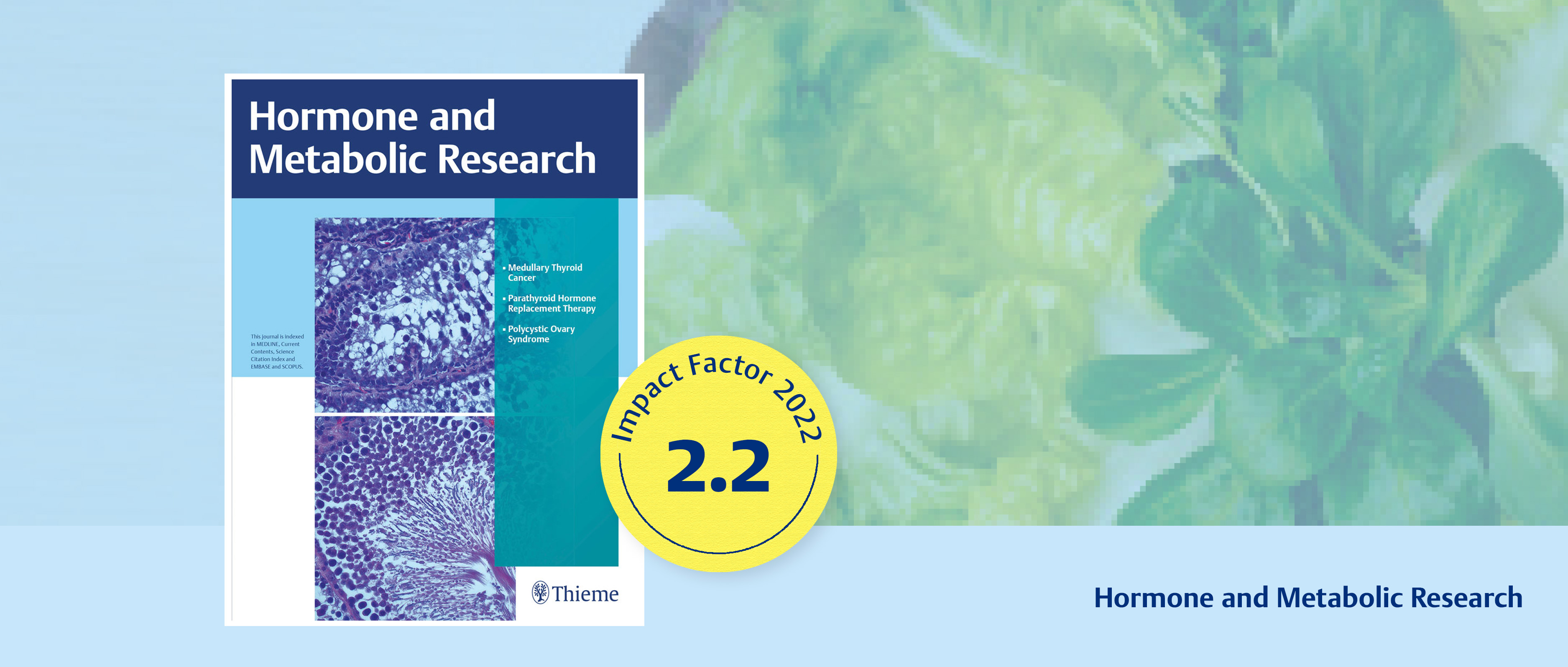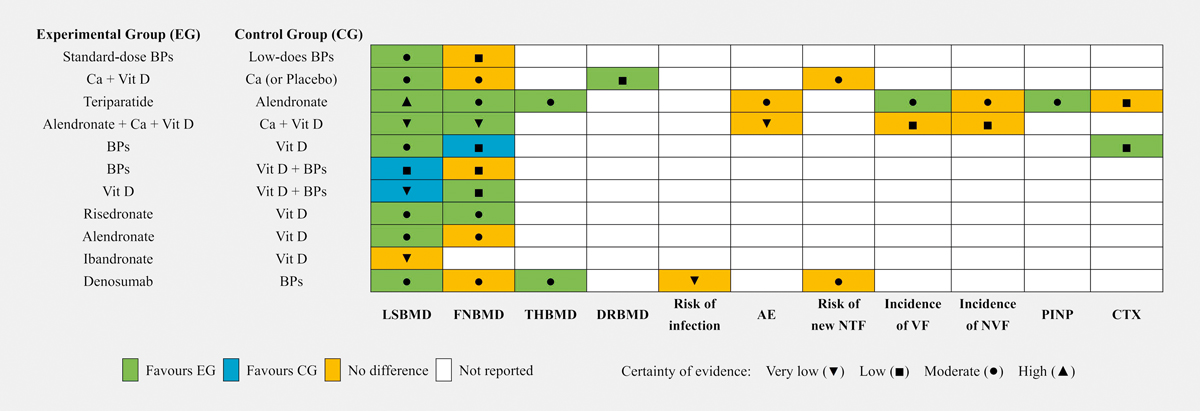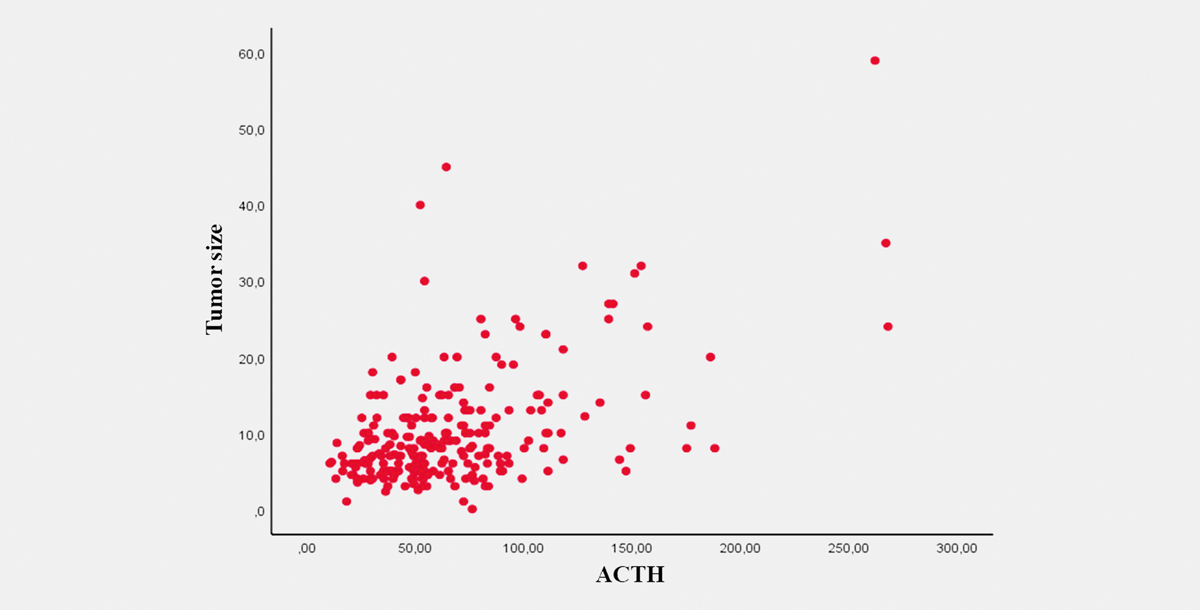

Issue 8 · Volume 55 · August 2023
Hormone and Metabolic Research 2023年第8期现已上线,欢迎免费阅读本期三篇精选论文。
Review
Pharmacological Interventions for Glucocorticoid-Induced Osteoporosis: An Umbrella Review
Haodong Liang, Jinlong Zhao, Tianzhao Tian
There is still a lack of high-quality evidence-based studies on the efficacy of drug treatment for glucocorticoid-induced osteoporosis (GIOP). The purpose of this umbrella review is to comprehensively evaluate the existing evidence to determine the efficacy and safety of pharmacological interventions for GIOP. We searched PubMed, Embase, and the Cochrane Library for systematic reviews and/or meta-analyses (SRs) of randomized controlled trials (RCTs) aimed at evaluating drug therapy for GIOP. Both the methodological quality and the strength of recommendation of the endpoints included in the SRs were evaluated by using the AMSTAR-2 tool and GRADE system, respectively. Six SRs involving 7225 GIOP patients in 59 RCTs were included in this umbrella review. The results of the methodological quality evaluation showed that 2 high-quality, 2 low-quality and 2 critically low-quality SRs were included. The GRADE evaluation results showed that the quality of evidence and the strength of recommendation of 46 outcome indicators were evaluated in the umbrella review; there were 3 with high-level evidence, 20 with moderate-level evidence, 15 with low-level evidence, and 8 with very low-level evidence. Moderate- to high-level evidence suggests that teriparatide, bisphosphonates, and denosumab can improve the bone mineral density in patients with GIOP. The findings of this umbrella review can enable patients and clinical healthcare professionals to choose the best drug prescription.

Original Article: Endocrine Care
Recurrent Cushing's Disease in Adults: Predictors and Long-Term Follow-Up
Ünal M et al.
Cushing’s disease (CD) is characterized by endogenous hypercortisolism that is associated with increased mortality and morbidity. Due to high recurrence rates in CD, the determination of high-risk patients is of paramount importance. In this study, we aimed to determine recurrence rates and clinical, laboratory, and histological predictors of recurrence in a high volume single-center. This retrospective study included 273 CD patients operated in a single pituitary center between 1997 and 2020. The patients with early postoperative remission were further grouped according to recurrence status (recurrent and sustained remission groups). Demographic, radiologic, laboratory, pathologic, and follow-up clinical data of the patients were analyzed and compared between groups. The recurrence rate was 9.6% in the first 5 years; however, the overall recurrence rate was 14.2% in this study. Higher preoperative basal ACTH levels were significantly correlated with CD recurrence even with ACTH levels adjusted for tumor size, Ki-67 levels, and tumoral invasion. Recurrence rates were significantly higher in patients with ACTH levels higher than 55 pg/ml, tumor diameter>9.5 mm, and if adrenal axis recovery was before 6 months. The severity of hypercortisolism, morbidities, and demographic factors except age were not predictive factors of recurrence. Based on our study data, younger age at diagnosis, a diagnosis of osteoporosis, higher preoperative ACTH levels, larger tumor size, invasive behavior, higher Ki 67 index, and early recovery of the adrenal axis during the postoperative period attracted attention as potential predictors of recurrent disease.

Original Article: Endocrine Care
Sanz Fernández M et al.
The aim of the study was to analyze the clinical suspicion and where patients were when they received the positive result of the neonatal screening for CAH 21OHD. The present data derived from a retrospective analysis of a relatively large group of patients with classical CAH 21OHD patients nosed by newborn screening in Madrid, Spain. During the period from 1990 to 2015 of this study 46 children were diagnosed with classical 21OHD [36 with the salt-wasting (SW) form and 10 with simple virilizing (SV)]. In 38 patients, the disease had not been suspected before the neonatal screening result (30 SW and 8 SV). Thirty patients (79%) were at home without suspicion of any disease, as healthy children, 3 patients (8%) were at home pending completion of the study due to clinical suspicion of any disease (ambiguous genitalia, cryptorchidism) and 5 patients (13%) were admitted to the hospital for reasons unrelated to CAH (sepsis, jaundice, hypoglycemia). It is relevant to note that 69.4% of patients (25/36) with SW form were at home with potential risk of adrenal crisis. Six females had been incorrectly labeled as male at birth. The most frequent reason for clinical suspicion was genital ambiguity in women followed by family history of the disease. Neonatal screening provided better results than clinical suspicion. In the majority of patients with 21OHD the diagnosis by screening was anticipated to the clinical suspicion of the disease even in female patients with ambiguous genitalia.

